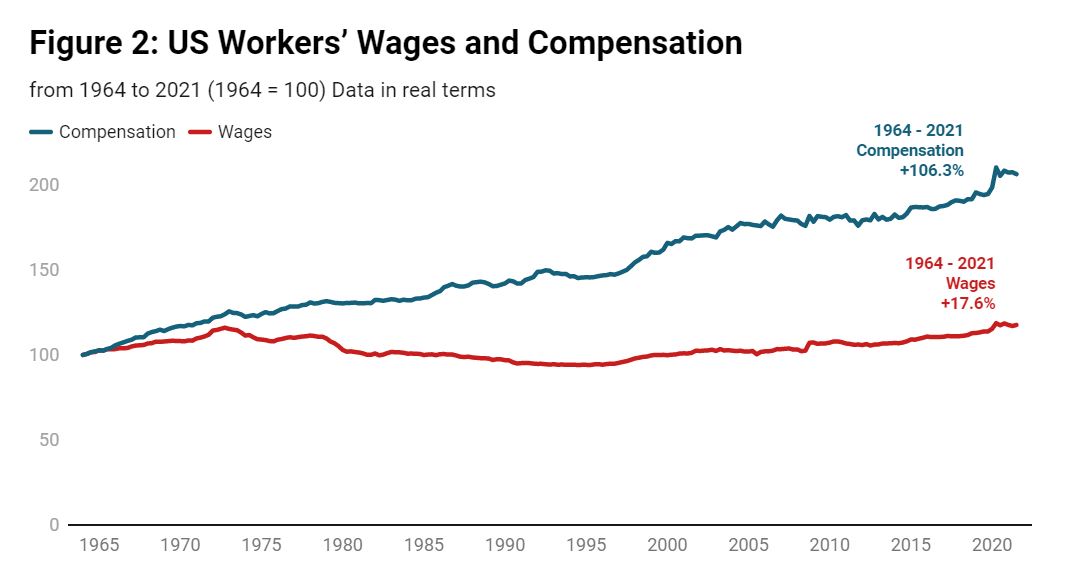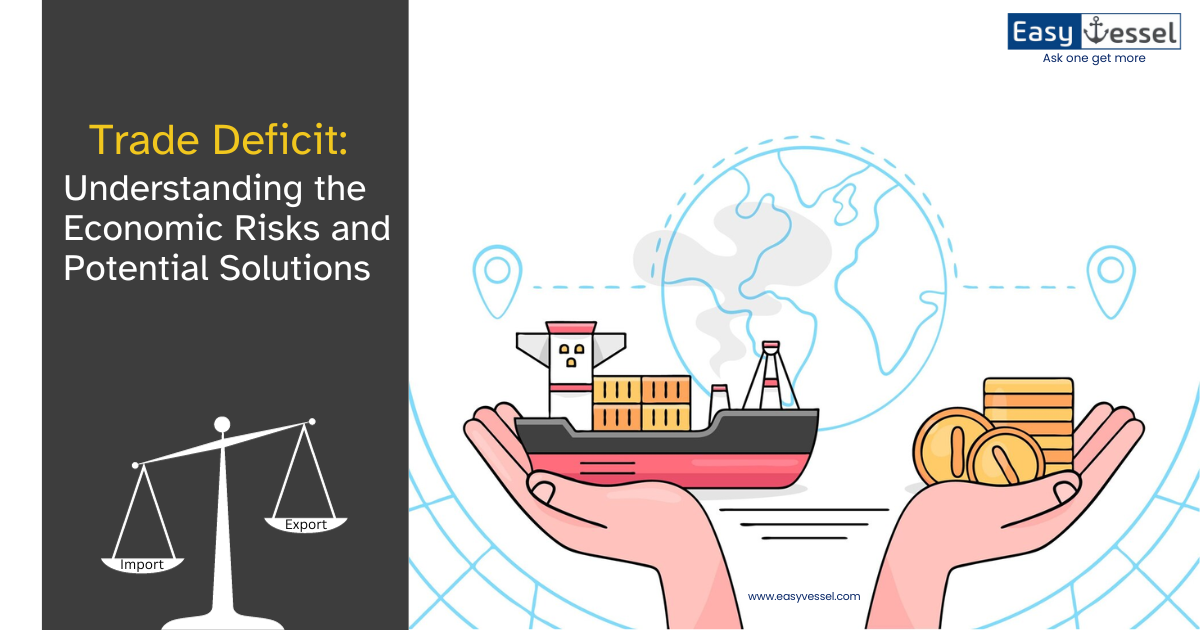Examining The Great Decoupling: A Multifaceted Perspective

Table of Contents
The Great Decoupling refers to the ambitious goal of delinking economic growth from environmental impact. This means achieving economic expansion without increasing the overall consumption of resources or generation of pollution. The core of this concept involves two key distinctions: relative decoupling and absolute decoupling. This article will delve into these concepts, exploring the role of green growth and the significant hurdles in measurement and implementation.
The Promises and Realities of Relative Decoupling
Relative decoupling signifies a reduction in environmental impact relative to economic growth. This is often expressed as a decrease in emissions per unit of GDP, resource use per capita, or other similar metrics. While it doesn't mean a reduction in absolute environmental impact, it represents progress towards a more sustainable trajectory.
Several examples demonstrate successful relative decoupling. Many developed nations have seen improvements in energy efficiency, leading to lower carbon emissions per unit of economic output. The shift towards renewable energy sources, such as solar and wind power, has also played a significant role. Furthermore, advancements in manufacturing processes and a shift towards less resource-intensive industries have contributed to relative decoupling in certain sectors.
However, relative decoupling has its limitations. Even with improvements in efficiency, if economic growth continues at a rapid pace, the overall environmental impact can still increase significantly. This is because even a small environmental impact multiplied by a large economic output can still result in substantial absolute environmental damage.
- Improved energy efficiency technologies: Advances in building insulation, appliance efficiency, and industrial processes have reduced energy consumption.
- Increased use of renewable energy sources: The growing adoption of solar, wind, and other renewables has lowered reliance on fossil fuels.
- Shift towards less resource-intensive industries: A transition from heavy industry to service-based economies can lessen resource depletion.
- Government policies promoting sustainability: Regulations, incentives, and carbon pricing mechanisms encourage environmentally friendly practices.
The Elusive Goal of Absolute Decoupling
Absolute decoupling represents the ultimate goal: achieving economic growth without any increase in overall environmental impact. This is a far more challenging objective than relative decoupling. Achieving absolute decoupling requires fundamental changes across various aspects of our economies and societies.
Several significant hurdles stand in the way of absolute decoupling. Rapid population growth, escalating consumption patterns, and the inherent material demands of many economic activities pose substantial challenges. The sheer scale of current global economic activity and the deeply ingrained reliance on fossil fuels make absolute decoupling a complex endeavor.
Technological advancements are critical to achieving absolute decoupling. Breakthroughs in renewable energy technologies, carbon capture and storage, and circular economy models are essential. These advancements would enable us to decouple economic growth from its environmental footprint, moving away from a linear "take-make-dispose" model to a more sustainable circular economy.
- Technological breakthroughs in renewable energy and storage: Improvements in solar, wind, and battery technologies are crucial for a complete shift to renewable energy.
- Development of sustainable materials and manufacturing processes: Bio-based materials, 3D printing, and waste reduction techniques can minimize environmental impact.
- Significant shifts in consumption patterns towards sustainability: Reduced consumption, mindful purchasing, and a shift towards services rather than material goods are necessary.
- Global cooperation on environmental policy: International agreements and coordinated action are essential to address the global nature of environmental challenges.
The Role of Green Growth in Facilitating Decoupling
Green growth strategies aim to enhance economic growth while simultaneously improving environmental quality. This approach focuses on creating economic opportunities through investments in environmentally sustainable technologies and practices.
Many governments have implemented green growth policies, including carbon pricing mechanisms, investment in renewable energy infrastructure, and green subsidies. These policies aim to incentivize businesses and individuals to adopt more sustainable practices. For example, carbon taxes can make polluting activities more expensive, encouraging a shift towards cleaner alternatives. Subsidies for renewable energy can accelerate the transition to a cleaner energy system.
However, green growth strategies are not without criticism. Concerns exist about "greenwashing," where companies make misleading environmental claims to improve their image without genuinely reducing their environmental impact. Accurately measuring the environmental impact of economic activities is also challenging, making it difficult to assess the effectiveness of green growth policies.
- Investment in renewable energy infrastructure: Government funding and incentives can accelerate the development and deployment of renewable energy technologies.
- Carbon pricing mechanisms: Taxes or cap-and-trade systems put a price on carbon emissions, encouraging businesses to reduce their footprint.
- Sustainable agriculture and forestry practices: Improving soil health, reducing deforestation, and adopting sustainable farming methods can minimize environmental impacts.
- Green building standards: Regulations promoting energy-efficient and environmentally friendly building design and construction can significantly reduce the environmental footprint of the built environment.
Measuring and Assessing the Great Decoupling: Challenges and Methodologies
Accurately measuring the Great Decoupling presents significant challenges. The complex interactions between economic and environmental factors make it difficult to isolate the impact of economic growth on the environment. Many variables influence environmental indicators, making it crucial to use a multifaceted approach.
Various indicators are used to assess decoupling, including GDP per capita, ecological footprint, carbon intensity, material footprint, and water footprint. However, no single indicator provides a complete picture. GDP per capita, while useful for measuring economic growth, doesn't directly reflect environmental impact. Indicators like the ecological footprint attempt to capture the overall environmental demands of human activities but face challenges in data collection and standardization.
A comprehensive approach requires the use of multiple indicators, considering various environmental and socioeconomic factors. Long-term data sets are essential to capture trends and assess the effectiveness of different policies. International standardization of metrics is crucial for comparing decoupling progress across countries and regions.
- Data limitations and inconsistencies: Inconsistent data collection methods and reporting standards hinder accurate comparisons.
- The challenge of defining and measuring environmental impact accurately: Accurately quantifying the environmental impact of different economic activities is complex.
- The importance of long-term data sets: Short-term fluctuations can obscure long-term trends, making long-term data crucial for meaningful analysis.
- The need for internationally standardized metrics: Consistent metrics are necessary to compare decoupling progress across different countries and regions.
Understanding and Achieving the Great Decoupling
This article has explored the multifaceted nature of the Great Decoupling, analyzing relative and absolute decoupling, the role of green growth, and the challenges associated with measurement. Achieving the Great Decoupling is not merely an environmental goal; it's a prerequisite for sustainable development and a healthy planet. Relative decoupling provides a crucial stepping stone, but the ultimate aim is to achieve absolute decoupling—a state where economic progress does not come at the expense of environmental integrity.
The path forward demands a multifaceted approach, encompassing technological innovation, policy changes, and a fundamental shift in consumption patterns. Green growth strategies can play a vital role, but they must be implemented carefully to avoid greenwashing and ensure genuine environmental benefits. Accurate measurement and transparent reporting are crucial for tracking progress and adapting strategies.
Continue exploring the complexities of the Great Decoupling and contribute to building a more sustainable future by researching further into green growth strategies and sustainable development goals. Engage in discussions, support policies promoting sustainable economic growth, and advocate for a future where prosperity and environmental protection go hand in hand.

Featured Posts
-
 New Uk Immigration Laws English Language Proficiency Key For Staying In Britain
May 09, 2025
New Uk Immigration Laws English Language Proficiency Key For Staying In Britain
May 09, 2025 -
 Bekam Zoshto E Na Dobar Fudbaler Na Site Vreminja
May 09, 2025
Bekam Zoshto E Na Dobar Fudbaler Na Site Vreminja
May 09, 2025 -
 Analyzing West Hams 25m Financial Deficit Strategies And Implications
May 09, 2025
Analyzing West Hams 25m Financial Deficit Strategies And Implications
May 09, 2025 -
 Is Figmas Ai The Future Of Design A Comparison With Competitors
May 09, 2025
Is Figmas Ai The Future Of Design A Comparison With Competitors
May 09, 2025 -
 Falling Iron Ore Prices Chinas Steel Industry Slowdown And Its Consequences
May 09, 2025
Falling Iron Ore Prices Chinas Steel Industry Slowdown And Its Consequences
May 09, 2025
